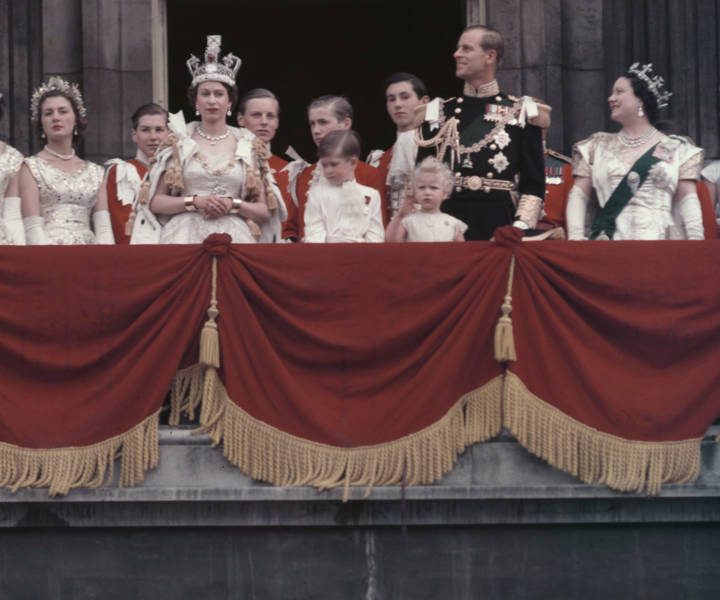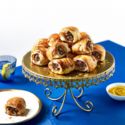Food
7 fascinating facts about the Queen’s coronation
by Sharon Parsons

As the nation commemorates Queen Elizabeth’s coronation, Sharon Parsons looks into the lesser-known facts from that momentous occasion 70 years ago...
1. The Queen ascended to the throne on the day her father died – 6 February 1952 – but her coronation wasn’t until 16 months later. It followed the royal tradition of observing a long mourning period, but there were practicalities, too: there was much to be organised, and the country was still reeling from the economic strain caused by the war. Winston Churchill declared that delaying it a year would have a ‘steadying effect’.
2. As dawn broke on coronation day, news came that Edmund Hillary and Tenzing Norgay had reached the summit of Everest three days earlier. The press immediately dubbed their mission ‘A coronation gift for the new Queen!’ Little boys of the time were reportedly more interested in celebrating this adventurous feat than dressing up in red, white and blue for many of the organised parades.
3. In 1953, as the public’s enthusiasm for television entertainment grew – fuelled by the thrilling announcement that the coronation was to be televised – 1.1 million brand new television licences were purchased. A further 1.5 million collective licences were issued so that the great event could also be watched in public places such as village halls and hospitals. Some 27 million viewers were glued to the tiny screen across the country, often watching with family, friends and neighbours.
4. Those that preferred to line the streets of London to watch the Queen and Prince Philip pass in the Gold State Coach had to be early: crowds began camping out on both sides of the Mall three days before the event, and by the night before the Coronation, 30,000 people were in position with blankets, flasks – and wind-up gramophones! – at the ready. Underground stations rolled back their iron gates at 3am to allow more people to reach the capital in time.
5. To mark the occasion, Poulet Reine Elizabeth – a cold curry-mayonnaise dish more commonly known as coronation chicken – was devised by Constance Spry and Rosemary Hume of the Cordon Bleu cookery school. The then-exotic dish was also intended as a subtle nod to the Queen’s role as head of the Commonwealth. Ironically, it was not served to the Queen at her coronation day banquet: instead, she preferred a simple menu of soup, steak, salad and ice cream.
6. Manufacturers and food suppliers made the most of the occasion, with specially designed advertisements showing colourful illustrations of flag-waving crowds and beaming guardsmen, together with patriotic greetings: glass milk bottles, for instance, bore the message: ‘The Dairy sends their loyal greetings and toasts their continuous service.’
7. One million children received a matchbox model of the Queen’s golden coach; others a special coronation mug or tin of smarties. Across the Commonwealth, school children made coronation scrapbooks with newspaper and magazine photographs and cuttings.

Don't miss!
Our best-ever street party recipes












